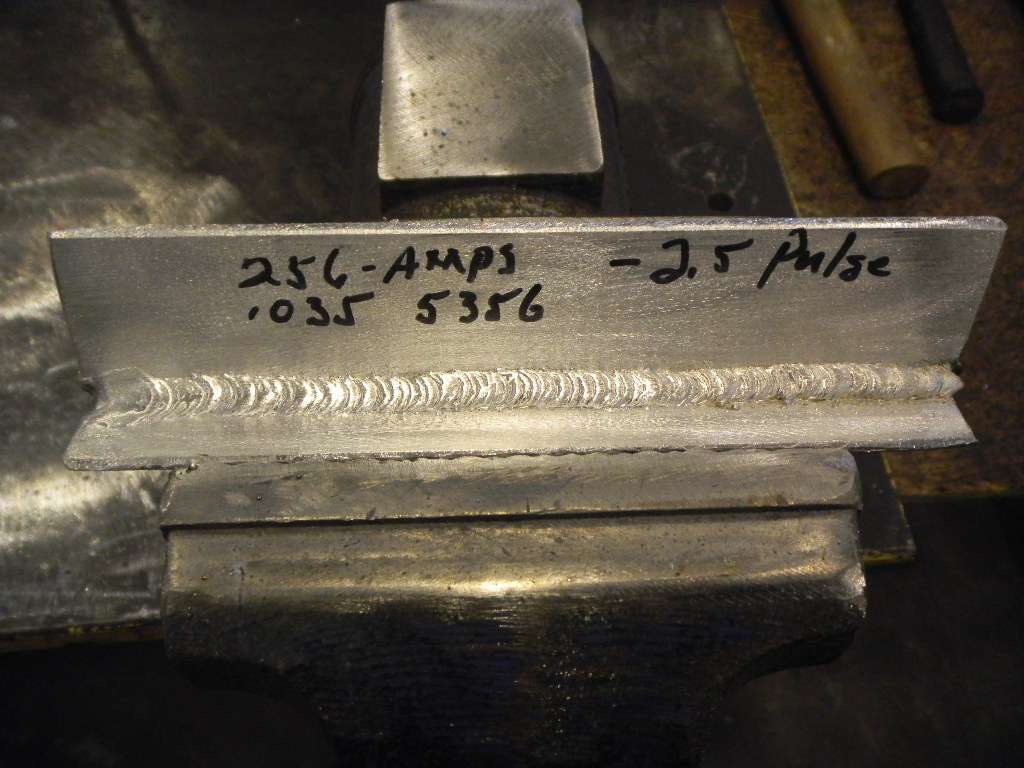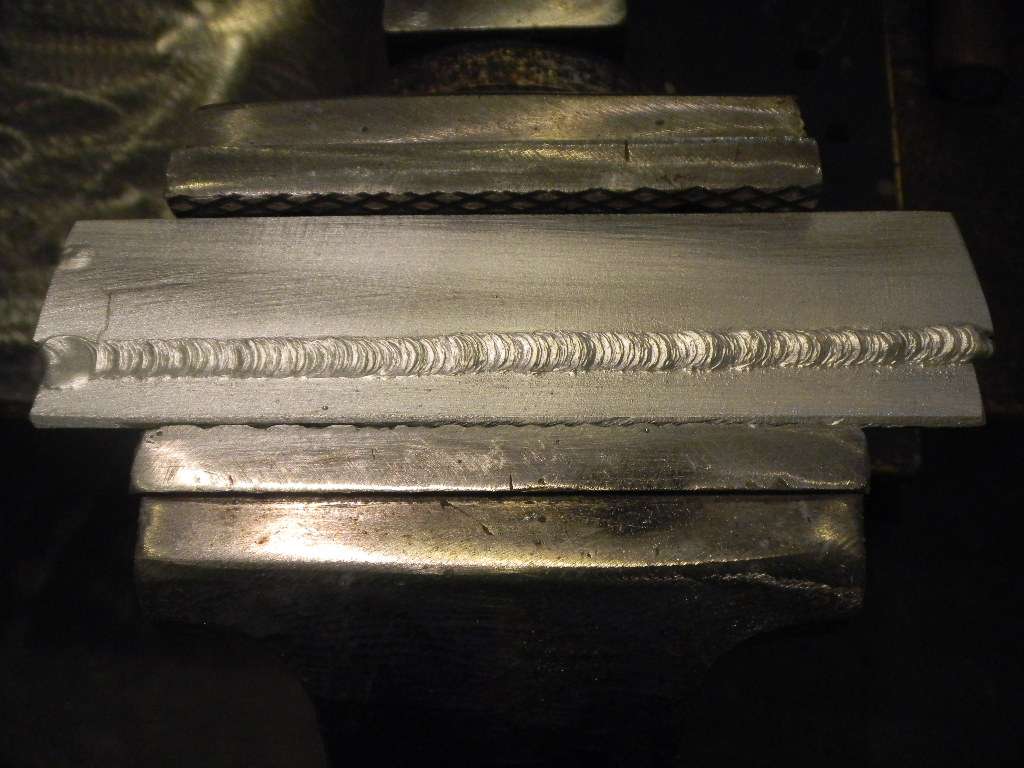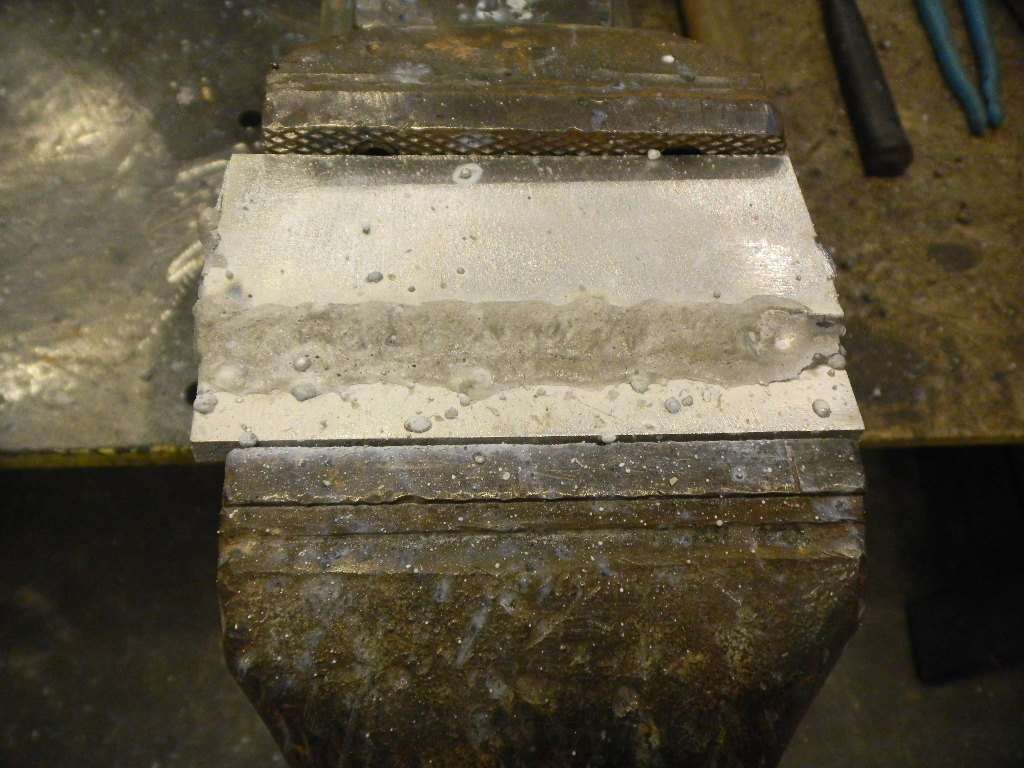I'm good enough with a stick welder or mig welder to make my own general repairs, but far from an "expert".
Have a friend with an aluminum trailer that has some stress cracks in a non-critical area. He was asking if I could weld them.
I said no since it's aluminum - but it did get me thinking.
Aside from tig (I'm couldn't possibly justify new equipment) - just how hard IS it to weld aluminum?
I've never done it, never seen it done, don't know anybody who does it.
Just never had the need. So I've never even looked into it.
CAN you even do it with a mig welder?
Must be very easy to blow through the material, no?
Have a friend with an aluminum trailer that has some stress cracks in a non-critical area. He was asking if I could weld them.
I said no since it's aluminum - but it did get me thinking.
Aside from tig (I'm couldn't possibly justify new equipment) - just how hard IS it to weld aluminum?
I've never done it, never seen it done, don't know anybody who does it.
Just never had the need. So I've never even looked into it.
CAN you even do it with a mig welder?
Must be very easy to blow through the material, no?






